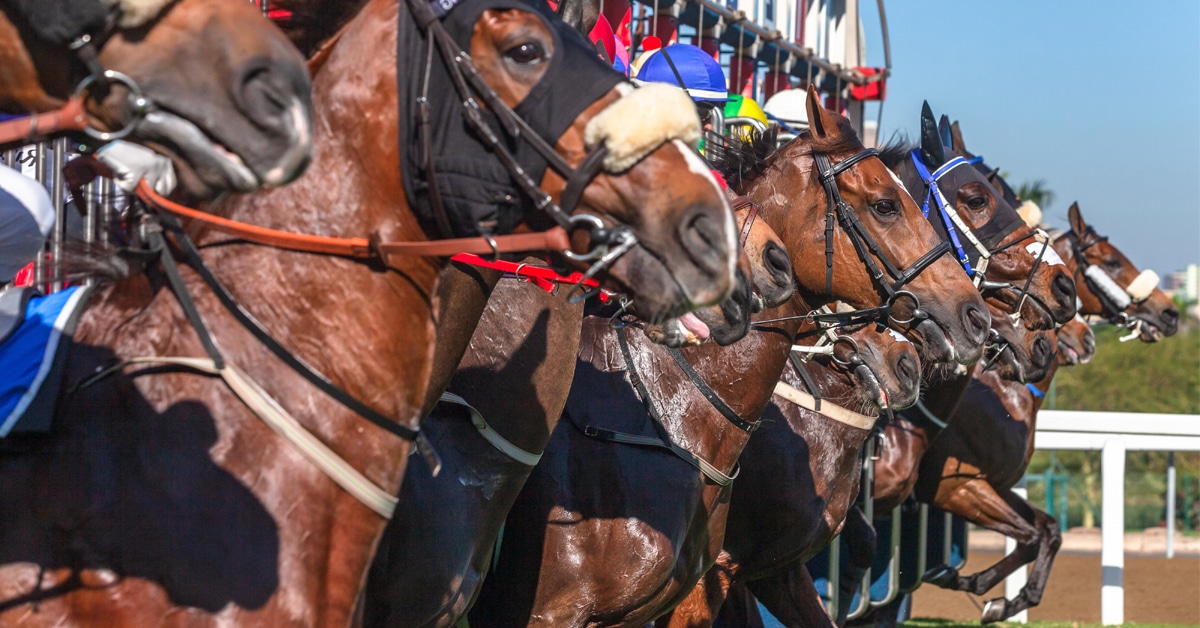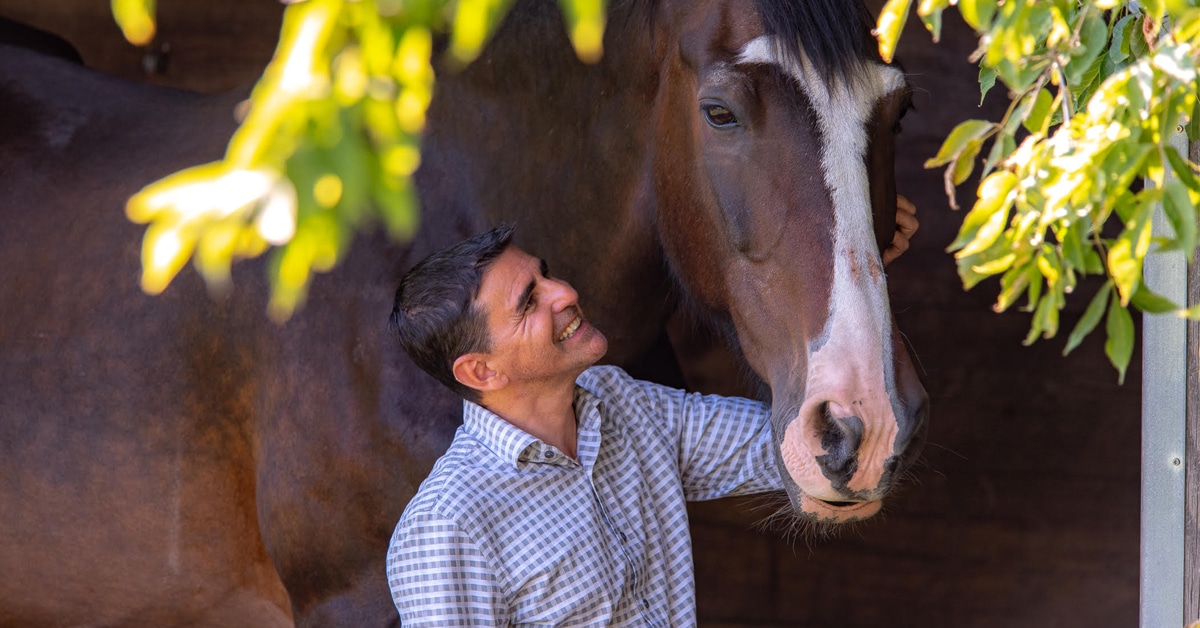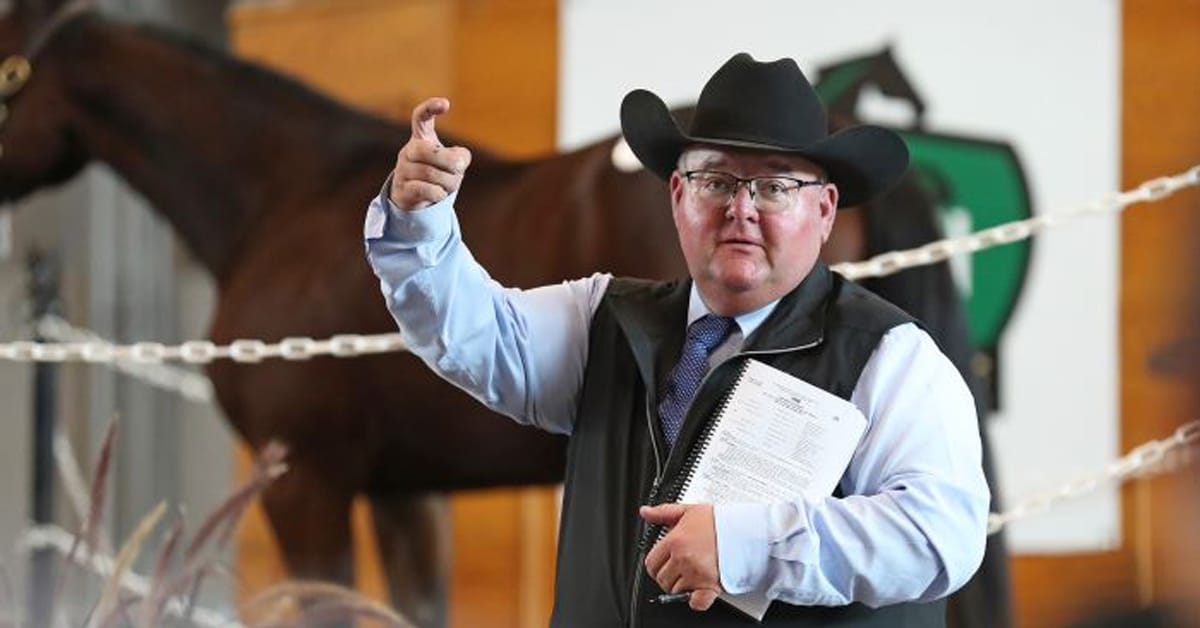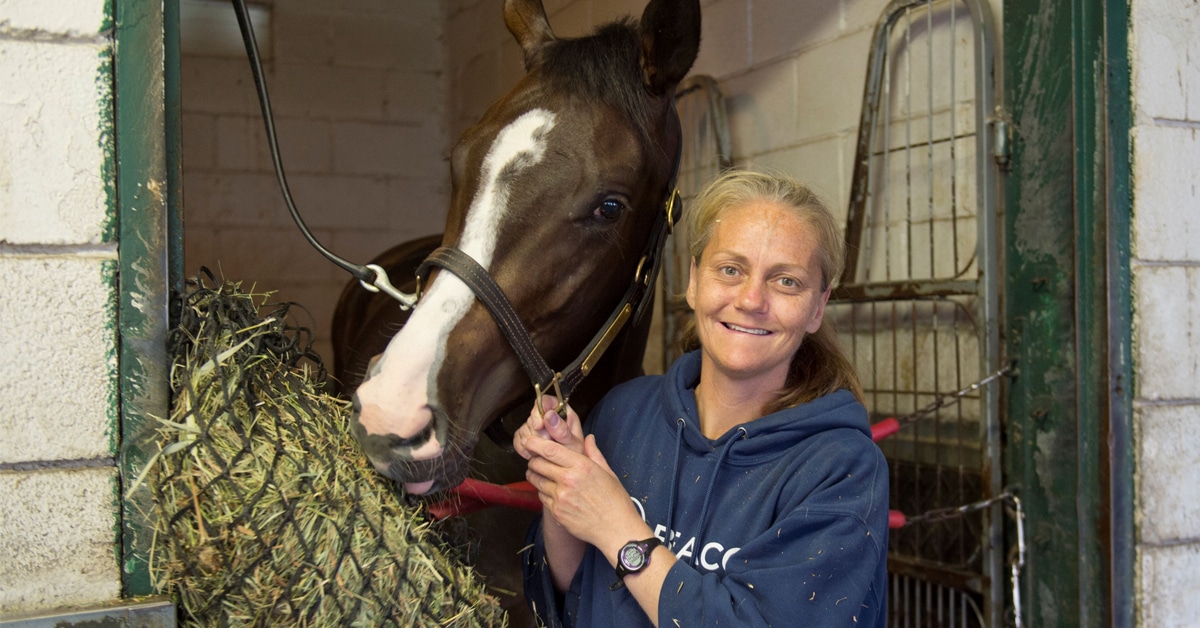On May 24th, 1913, Rockspring was a maiden three-year-old chestnut gelding, prancing to the starting post before a huge throng at Woodbine Park for the 54th running of the King’s Plate. It wasa historic day for Ontario horsemen. A significant modification in the original rules of the Queen’s Plate, drafted in 1859, occurred that year when the Ontario Jockey Club eliminated an antiquated rule barring two-year-old winners to enter the Plate. A horse no longer had to be a maiden. Rockspring, however, was still a green maiden that day and finished ninth at odds of 56-to-1. He gained his first win a month later at the Hamilton Jockey Club track.
Foaled in 1910 at Valley Farm Stable near Hamilton, Ontario, Rockspring was thick bodied and stocky but a swift gelding who possessed both stamina and speed. He exhibited these traits often during his racing career which saw him face the top handicap horses, including Plate winners Hearts of Oak and Beehive. He had a career record of six wins and 11 second-place finishes in 36 starts at tracks from Windsor to Fort Erie with stops in Hamilton, Ottawa, Montreal and Toronto in between. Rockspring’s last race before shipping in a 40-ship convoy to Europe and the Western Front was the Dominion Handicap at Woodbine on September 30, 1914.
Rockspring was owned by Col. John S. Hendrie, who was later knighted and named Lieutenant Governor of Ontario in 1914. He thought him worthy to carry his son to battle, and gifted his steed to Captain (later Major) Ian Hendrie, who served with the 11th and 81st artillery batteries and commanded the 18th and 48th batteries during the war. For three years, the courageous gelding survived the intense artillery shelling, shrapnel, withering machine gun fire and chlorine gas attacks as well as the debilitating diseases that claimed so many lives. It is estimated that eight million horses, donkeys and mules perished between 1914 and 1918; a Vancouver historian estimated that the average lifespan for a horse on the front was 40 days.
An article on May 9th, 1916, by Francis Nelson in The Globe related a visit of Sir John Hendrie to Woodbine Park to inspect some of his Valley Farm Stable horses. He had an interesting bit of gossip about his son’s charger in France. Major Hendrie had gone over with the first Canadian contingent in 1914 as member of the 11th Battery of the Canadian Field Artillery but had returned in 1916 to take up an appointment in another artillery unit for overseas service. He had left Rockspring behind as “fat as a seal, and as unconcerned among bursting shells and the clamor of warfare asif he were in his own stable. Like his owner, he had many narrow escapes, but is still unscathed.”
Besides regular battle duties, war horses like Rockspring also had the chore of hauling the 18-pound field artillery guns to forward positions, acted as ambulances and pulled field wagons with ammunition and supplies for the infantry. Twice Rockspring was wounded by shells and suffered pneumonia-like symptoms. It was standard for veterinarians to remove metal shrapnel from the injured horses, patch them up and send them back into the lines. Rockspring was likely critically wounded during history’s last great cavalry charge in the spring of 1918, which was led by some 1,000 Canadian horses at Moreuil Wood near Amiens. Historians note that more than 80,000 Canadian horses saw service as work horses or in cavalry brigades during the war. Those that survived were sold to farmers and the Belgian government. Less than one hundred returned.
An emotional article by English war correspondent Wilfred Southwood, which appeared in the Daily Racing Form on October 25, 1918, didn’t spare the drama or pathos when he divulged some of the details of Rockspring’s death.
ROCKSPRING’S GLORIOUS SACRIFICE headlined the story. The subhead read: “Major Hendrie’s War Horse, an Honest Racer, Died on the Field of France.”
“Beneath the shadow of a rude wooden cross “somewhere I France” lays one of the heroes of the Great War. He gave of his best. In the attempt, he fell in the pathway pointing to Berlin and allied victory. For our hero was only a race horse. But Rockspring the hero was a good fighter and proved it on track and battlefield. He did his share to blast a hole into the human wall that reared itself in Hunnish frightfulness against France, and it required three severe shell wounds and one stage of pneumonia to stop the gallant son of Martimas. Rockspring shared three years of warfare with his master in France and took his share of hardships that are part of a charger’s life.”
Mr. Southwood’s compassionate article didn’t allow any sentimental anecdote escape his pen. “So after several years as a useful performer Rockspring bid farewell to his stable mates at the Hendrie farm. His days of racing to the cheers of thousands were numbered, and leaving behind him the gaiety of his former days had to take up his drab duties of winning the war to the accompaniment of booming guns. Life, however, at the front was not one whole of hard work.”
“Sporting days and trials were often staged for the men and horses during lulls in the action and Rockspring showed that he had lost none of his former speed and took his share of honours when raced against other officer’s horses. Some pretty fair English thoroughbreds competed, but Rockspring always managed to get his nose in front. Rockspring had recovered from two earlier shell wounds. Only when he got “his” for the third time did the gallant son of Martimas fail to respond to the bugle call. They buried him where he fell and, like a good soldier, he was remembered. A little wooden cross bears witness that he died facing the enemy. The testimony of his master was a true one, “He was a fine, game horse”.”
He certainly was no “Joey”, the fictionalized War Horse who miraculously managed to survive the carnage of The Great War and was glorified in the book, movie and highly acclaimed stage play. Rockspring was the real deal, acclaimed as a gallant war horse for his valiant heroics on the shell-riddled battlefields.
The Latest










